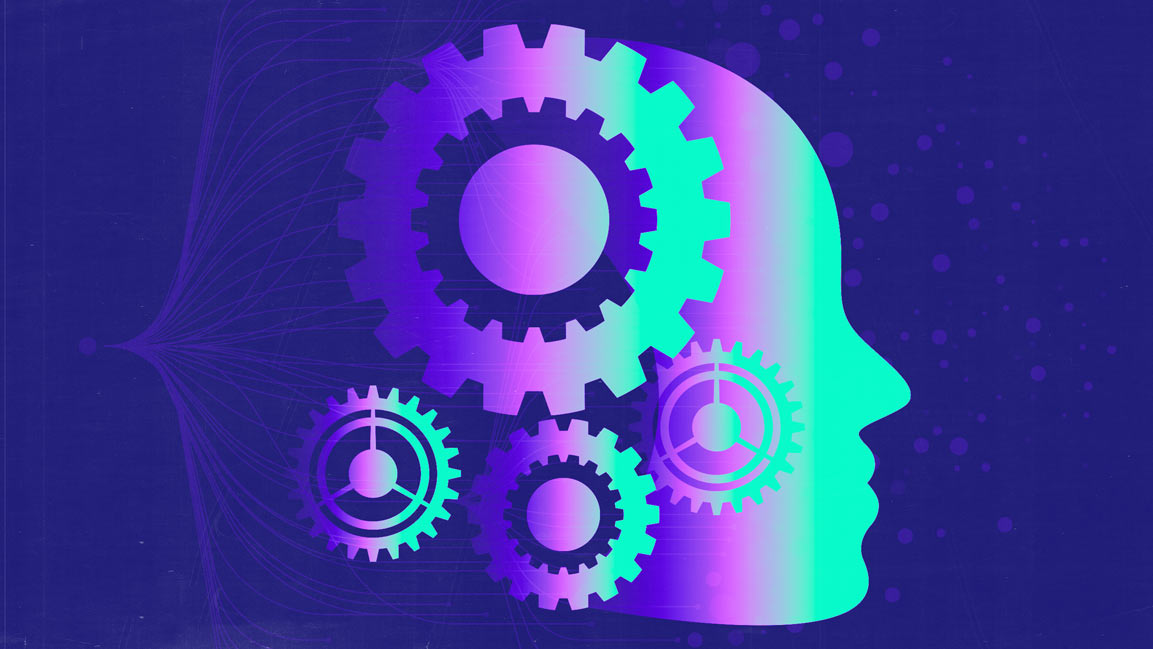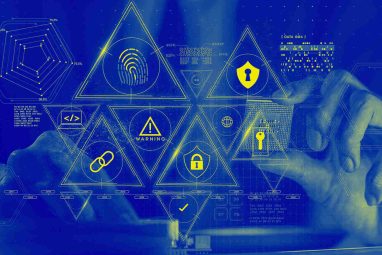Gartner Reveals Top Technology Trends That Will Define 2026
By 2030, more than 75% of enterprises in Europe and the Middle East are likely to move workloads to locally governed cloud solutions, up from less than 5% today.
Topics
News
- UAE’s AI Ambitions Collide With Infrastructure Limits, Kyndryl Report Warns
- India Accelerator Rolls Out $15 Mn Fund for Saudi Market Expansion
- OpenAI Raises the Bar for Enterprise AI with GPT-5.2
- OpenAI Flags ‘High’ Cyber Risk as State AGs Warn Industry Over Harmful Chatbot Outputs
- Riyadh Air, IBM partner to Launch World's First AI-Native Airline
- Adobe Leans Into AI to Defend Its Creative Tech Lead in 2026

[Image source: Chetan Jha/MITSMR Middle East]
Artificial intelligence, cybersecurity, and data sovereignty are set to dominate the technology landscape in 2026, according to a new research by Gartner, Inc. The global advisory firm has outlined ten key trends that reflect how innovation and disruption are converging in what it calls an “AI-powered, hyperconnected world.”
Gartner analysts said the coming year will mark a turning point for technology leaders who face growing challenges around governance, security, and the responsible use of emerging technologies.
“Disruption and innovation are expanding at unprecedented speed,” said Gene Alvarez, Distinguished VP Analyst at Gartner. “Organisations now operate in an environment where operational excellence, digital trust, and responsible innovation must go hand in hand.”
Tori Paulman, VP Analyst, Gartner, said the speed of change has accelerated significantly. “We’re seeing more breakthrough innovations in a single year than ever before. The organisations that act now will not just adapt but shape their industries for the decade ahead,” she said.
AI-Driven Infrastructure on the Rise
Leading the 2026 trends list are AI supercomputing platforms, which combine traditional CPUs with GPUs and specialized processors to handle data-intensive workloads. Gartner expects more than 40% of large enterprises to adopt hybrid computing architectures by 2028, compared with just 8% today. The systems are already being used in healthcare, finance, and energy sectors to model new drugs, simulate markets, and predict extreme weather patterns.
Another key development is multiagent systems, which are collections of AI agents that collaborate to manage complex operations. These systems enable automation at scale while improving efficiency and adaptability across industries.
Domain-specific language models (DSLMs) are also expected to see wider use as organisations demand tailored AI tools suited to their sectors. Trained on specialised datasets, these models offer improved accuracy, compliance, and contextual understanding. Gartner forecasts that by 2028, more than half of enterprise AI models will be domain-specific.
Protecting AI and Data Integrity
With the growing use of AI, cybersecurity remains a central concern. AI security platforms are emerging to safeguard both third-party and in-house AI applications. They provide tools to detect risks such as data leakage, prompt manipulation, and rogue agent behaviour. Gartner predicts that over half of enterprises will deploy such platforms by 2028.
The research also highlights the shift toward AI-native development platforms, where generative AI assists in building software faster and more efficiently. These tools allow smaller, domain-focused teams to create applications under secure and governed conditions. By 2030, Gartner expects 80% of organisations to evolve into leaner software teams supported by AI.
Confidential computing is another trend gaining momentum. By isolating workloads inside hardware-based secure environments, it protects sensitive information from unauthorised access, even by cloud providers. Gartner estimates that by 2029, more than three-quarters of operations using untrusted infrastructure will rely on confidential computing.
From Cyber Defence to Geopolitical Strategy
The report identifies physical AI as a growing area where intelligent machines such as drones, robots, and automated systems take on complex real-world tasks. Gartner said this will require new skills at the intersection of IT, operations, and engineering.
Cybersecurity strategies are also evolving, with preemptive cybersecurity emerging as a proactive approach. Instead of reacting to attacks, organisations are beginning to predict and prevent them through AI-powered operations. Gartner expects that by 2030, preemptive defence will account for half of global cybersecurity spending.
To tackle growing concerns over authenticity in digital assets, digital provenance is becoming essential. This approach verifies the source and integrity of data, software, and AI-generated content. Gartner warned that companies failing to invest in provenance systems could face heavy regulatory and financial penalties by 2029.
Amid rising geopolitical tensions, geopatriation, which refers to the relocation of data and applications from global public clouds to sovereign or regional ones, is also accelerating. Gartner projects that by 2030, more than 75% of enterprises in Europe and the Middle East will move workloads to locally governed cloud solutions, up from less than 5% today.





